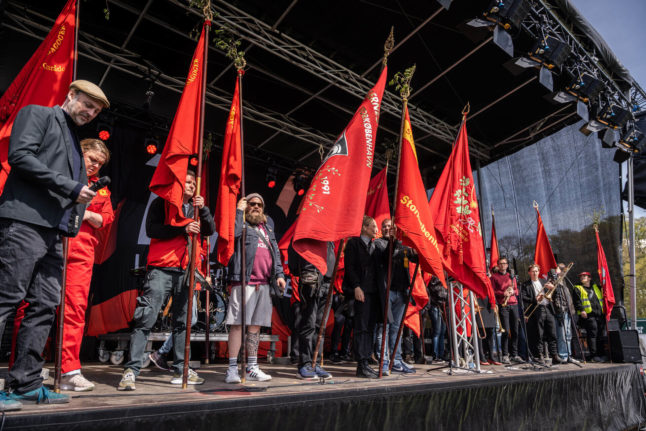Pumpkins and ghosts have captured the imagination of Danish kids, leaving the barrel-smashing, cat-liberating February fancy dress fest of Fastelavn behind.
Although Halloween is generally considered a tradition with American origins, it’s actually European, and is thought to have its roots in Celtic customs up to 2,000 years old.
In Ireland, offers were made to Celtic gods and the dead, and scary-looking lamps were carved out of beets – setting the tradition for today’s pumpkins.
Conversion to Christianity later saw the Celtic tradition combined with All Saints Day – the result was Hallow’s Evening or Hallowe’en.
The tradition was largely imported to the United States by Irish immigrants in the 19th century.
Although Halloween is one of the biggest annual celebrations in the US, it has been slow to catch on in many European countries which celebrate All Saints Day – or in the case of the United Kingdom, Guy Fawkes’ Night – at the same time of year.
That has also been the case in Denmark. Although the country does not have a tradition for celebrating All Saints Day due to the predominance of the Lutheran Church of Denmark, kids have traditionally had the chance to dress up and win sweet-tasting treats in February, during Fastelavn.
READ ALSO: Fastelavn: What’s the Danish kids’ carnival all about?
As such, Halloween did not really register in Denmark until around the turn of the century.
In 1999, toy store chain Fætter BR began selling Halloween costumes, contemporary reports from broadcaster DR show.
Almost half of all families with children in Denmark now buy sweets or candy at Halloween, according to DR.
That has given a boost to the country’s pumpkin farmers, who have seen sales double over the last ten years.
“Trick or treat” can be rendered as the somewhat clunky, and no less aggressive, slik eller trylleri, ellers er dit liv forbi (“candy or magic, or your life is over!”) and can be heard on Danish doorsteps on October 31st. You might also hear the more simple slik eller ballade! (“sweets or trouble!”).
More people in Denmark now purchase fancy dress costumes for Halloween than they do for Fastelavn, according to sales figures from supermarket company Coop reported by DR.
Coop’s sales of fancy dress costumes for Fastelavn have been on a downward curve since 2011, and were overtaken by sales for Halloween in 2007.
The supermarket group now sells three times as many costumes for Halloween compared to Fastelavn, DR reported in 2019.
Halloween is not the only American tradition becoming a firm feature in Denmark. Valentine’s Day and Mother’s Day have also been successfully transplanted into the Danish calendar, DR notes.
The timing of Halloween also benefits stores, which can sell items for the day at a time of the year when a lack of other events makes it ideal for promotion.
READ ALSO: Drones find 40,000 pumpkins on Danish farm
Article originally published in 2019.



 Please whitelist us to continue reading.
Please whitelist us to continue reading.
Member comments